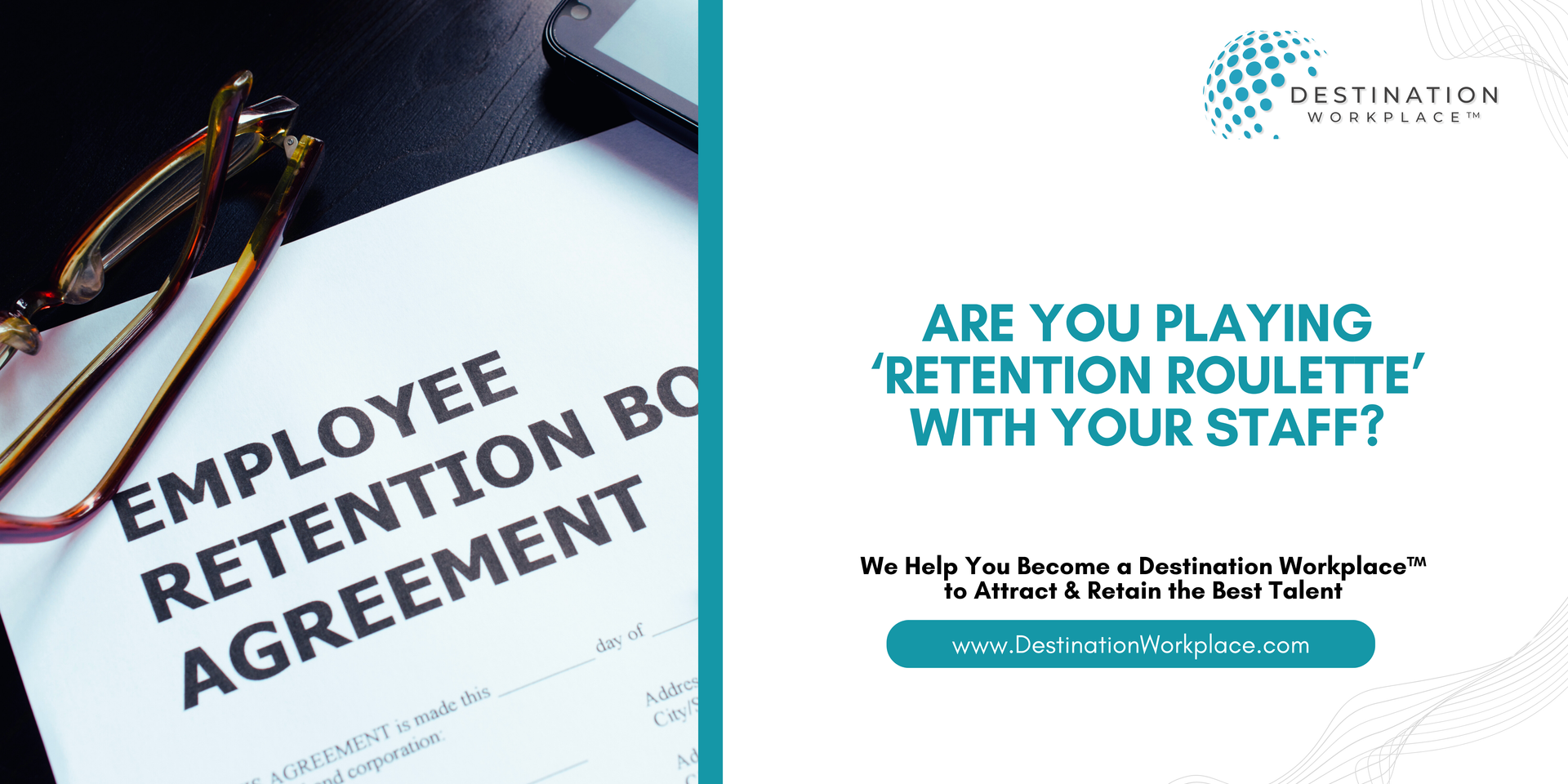
Ghost Jobs Exposed—How Fake Job Postings May Be Scaring Away Talent
If you’ve ever spent hours crafting the perfect resume, tailoring your cover letter, and anxiously waiting for a response—only to hear nothing—you might have fallen victim to a ghost job. Ghost jobs are a growing problem in today’s workforce, leaving job seekers frustrated and companies unknowingly tarnishing their reputations by using these fake hiring trends.
What Are Ghost Jobs?
Ghost jobs are inactive job postings that remain online even when companies have no immediate plans to hire. They’re the online dating profiles of the employment world—plenty of flash, but when you swipe right, no one's really there. These are job postings that remain online, often for months, without the employer actively seeking to fill the role. Reasons range from outdated listings to companies fishing for talent or simply maintaining an illusion of growth.
Some companies use these listings to maintain the illusion of growth or simply to “test the waters” for potential talent. However, for job seekers, this illusion feels more like a bad trick than a treat.
Why Are Ghost Jobs a Problem?
Besides being unethical, a bad business practice, and a complete waste of time for job seekers; ghost jobs erode trust in the hiring process.
Job seekers spend hours applying to positions that don’t actually exist, creating distrust in hiring systems and frustration across industries.
With 42% of Gen Z planning to look for a new job within the next 12 months, these misleading postings exacerbate existing job application frustrations. - 2025 National Workplace Trends Study (NWTS).
Additionally, 29% of workers said they wouldn’t recommend their current workplace- NWTS. Ghost jobs only add to this growing dissatisfaction, causing a lack of recruitment transparency, hiring trust issues, and further alienates job seekers from potential employers.
What’s Driving Ghost Jobs?
The reasons for ghost jobs can range from strategic hiring strategies to sloppy corporate recruitment practices:
- “Window Shopping” for Talent:
Some companies post roles to gauge the market or gather resumes for future hiring needs. It’s like creating an Amazon Wishlist for candidates without any real intention of buying. - Maintaining a Growth Illusion:
Employers may keep positions open to appear as though they’re expanding, even when hiring budgets are frozen. - Lack of Communication:
Sometimes, ghost jobs exist simply because no one remembered to take the posting down.
Are Ghost Jobs Harming Companies?
While ghost jobs may seem harmless, they come with significant risks. Misleading job postings can damage a company’s reputation, cause employer branding challenges, and deter top talent.
According to the 2025 National Workplace Trends Study (NWTS), One in three workers wouldn’t recommend their workplace, and ghost jobs amplify that distrust. Ghost jobs exacerbate the employee retention challenges many companies are already facing. Would you want to work for a company that practices these types of talent acquisition trends?
How Employers Can Stop Haunting Job Seekers
Companies have a responsibility to be transparent in their talent acquisition solutions and provide trust in hiring practices. Here are some steps to take:
- Audit Your Job Postings:
Improving job postings and regularly reviewing listings helps ensure they’re accurate and active. - Be Transparent About Timelines:
If a role is being posted for pipeline building, clearly state that. "Transparency in hiring is your best recruitment tool."-NWTS - Engage with Candidates:
Communication is key. Promptly respond to applicants and keep them updated.
Tips for Job Seekers
For those navigating the haunted halls of the job market, here’s how to identify ghost jobs and avoid falling prey to them:
- Do Your Research:
Check LinkedIn to see if the company has recent hiring activity, and check the date of the job posting to ensure it’s an effective job application. If it’s more than a few weeks old, it may be a ghost job. - Reach Out Directly:
If a job seems suspicious, don’t hesitate to email the HR department for clarity. - Prioritize Companies with Strong Employer Branding:
Focus on organizations that have transparent hiring practices and clear employee testimonials.
Don’t waste time chasing Casper. Your career deserves better.
Ghost jobs may haunt the hiring landscape, but they don’t have to. Companies can regain trust by adopting transparent practices, and job seekers can focus on roles that truly align with their goals.
In a world full of ghost jobs, it’s time for employers to stop tricking and start treating talent with transparency.
Don’t let ghost jobs haunt your organization. Partner with Destination Workplace™ to build a transparent, purpose-driven hiring strategy and a workplace culture that attracts top talent and restores trust in the job market. Contact us today to start creating a transparent and purpose-driven hiring strategy and transform your workplace culture.
-Betsy Allen-Manning
Founder and CEO | Destination Workplace™











